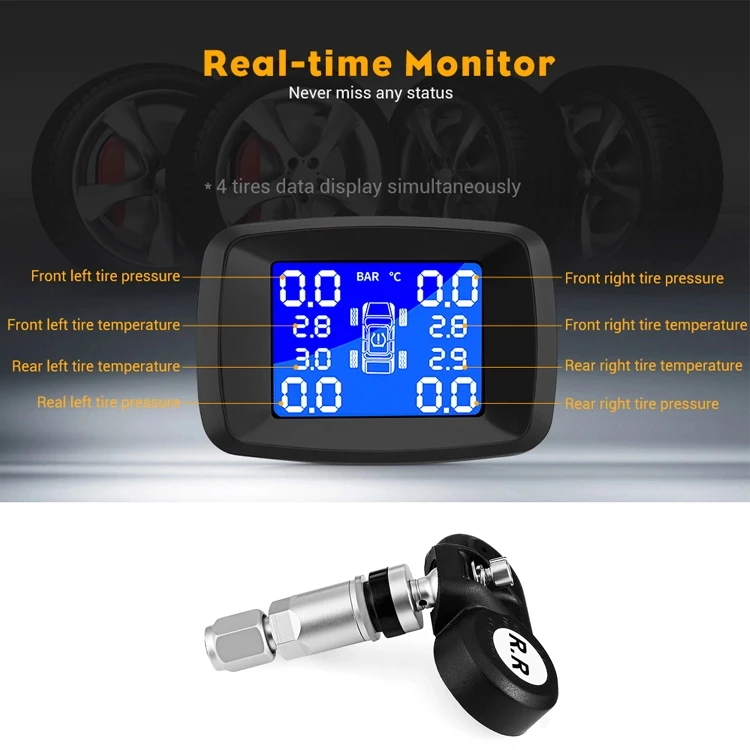The purpose of the tire pressure monitoring system (TPMS) in your vehicle is to warn you that at least one or more tires are significantly under-inflated, possibly creating unsafe driving conditions. The TPMS low tire pressure indicator is a yellow symbol that illuminates on the dashboard instrument panel in the shape of a tire cross-section (that resembles a horseshoe) with an exclamation point.
That indicator light in your vehicle has a history. It’s a history rooted in years of uncertainty about proper tire pressure and many serious car accidents that might have been avoided had drivers known their air pressure was low. Even now, it’s estimated that a substantial number of vehicles hit the road each day with underinflated tires. However, proper tire maintenance with the aid of a TPMS can and does help prevent many serious accidents.
Before this indicator light became commonplace, knowing whether your air pressure had reached unsafe levels meant getting out, crouching down, and using a tire gauge. With few exceptions, this was the only pressure-checking tool ordinary consumers had at their disposal.
Then, in response to a surge in accidents due to underinflated tires, the US government passed the Transportation Recall Enhancement, Accountability, and Documentation (TREAD) Act. One of the outcomes of this legislation is that most vehicles sold in the United States since 2007 include a tire pressure monitoring system of some kind.
Not every TPMS works the same way. The illumination of the low tire pressure indicator represents the final step in the process of either an indirect TPMS or a direct TPMS.
An indirect TPMS typically relies on wheel speed sensors that the anti-lock brake system uses. These sensors measure the rate of revolution each wheel is making and can be used by on-board computer systems to compare with each other and to other vehicle operation data such as speed.
Based on the rate of revolution of each wheel, the computer can interpret the relative size of the tires on your vehicle.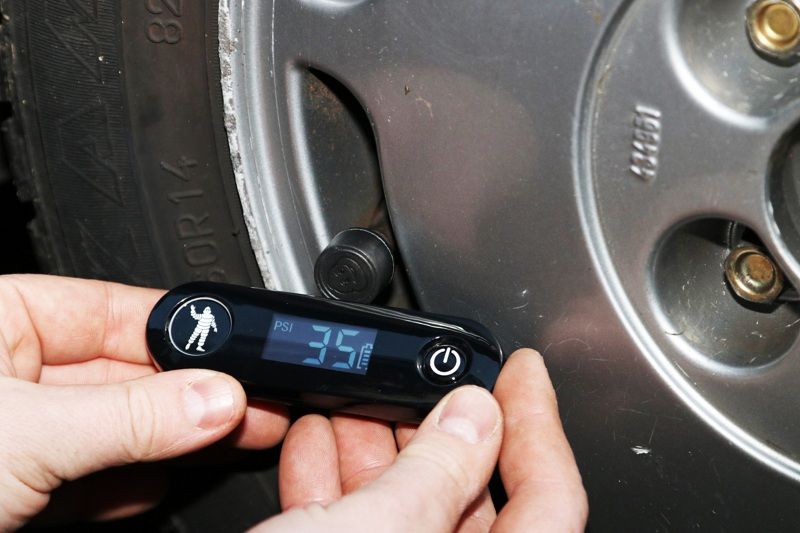 When a wheel starts spinning faster than expected, the computer calculates that the tire is underinflated and alert the driver accordingly.
When a wheel starts spinning faster than expected, the computer calculates that the tire is underinflated and alert the driver accordingly.
So, an indirect tire pressure monitoring system doesn’t actually measure tire pressure. It’s not electronically processing the same kind of measurement you might see with a tire gauge. Instead, an indirect tire pressure monitor simply measures how fast your tires are rotating and sends signals to the computer that will actuate the indicator light when something in the rotation seems amiss.
-- Relatively inexpensive compared to a direct TPMS
-- Requires less programming/maintenance over the years than a direct TPMS
-- Less overall installation maintenance than its direct counterpart
-- May become inaccurate if you purchase a bigger or smaller tire
-- May be unreliable when tires are unevenly worn
-- Must be reset after properly inflating every tire
-- Must be reset after routine tire rotation
Direct TPMS uses pressure monitoring sensors within each tire that monitor specific pressure levels – not just wheel revolution data from the anti-lock brake system.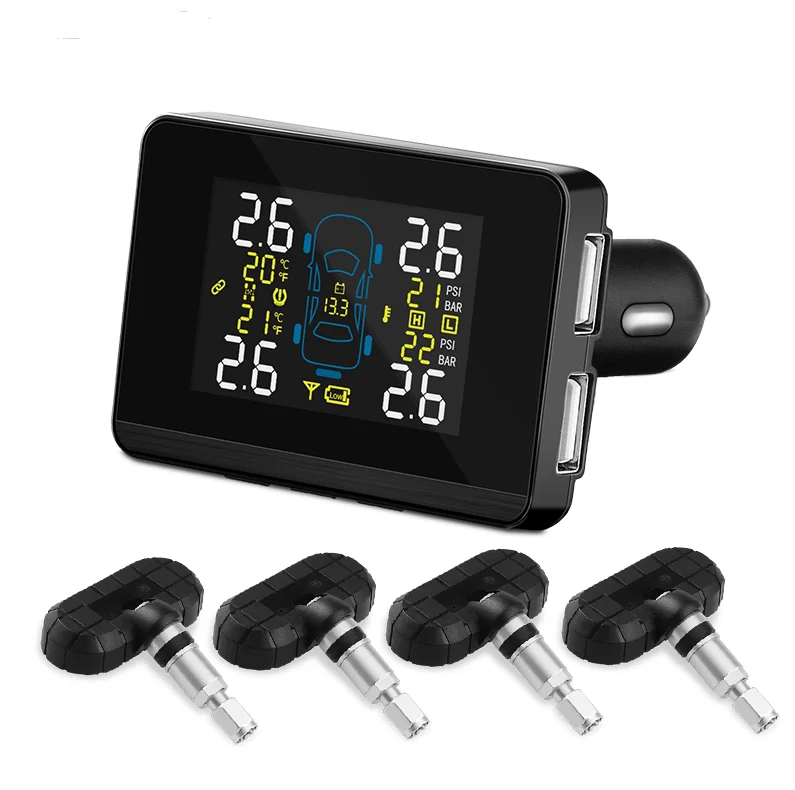
Sensors in a direct TPMS may even provide tire temperature readings. The direct tire pressure monitoring system sends all of this data to a centralized control module where it’s analyzed, interpreted, and, if tire pressure is lower than it should be, transmitted directly to your dashboard where the indicator light illuminates. A direct tire pressure monitor usually sends all of this data wirelessly. Each sensor has a unique serial number. This is how the system not only distinguishes between itself and systems on other vehicles, but also among pressure readings for each individual tire.
Many manufacturers use proprietary technology for these highly specialized systems, so replacing a TPMS in a way that’s consistent and compatible with your vehicle will require an experienced, knowledgeable technician.
-- Deliver actual tire pressure readings from inside the tire
-- Not prone to inaccuracies because of tire rotations or tire replacements
-- Simple resynchronization after tire rotation or tire replacements
-- Batteries inside the sensors usually last for about a decade.
-- May be included in a vehicle’s spare tire
-- More expensive overall than an indirect TPMS
-- Though simple, resynchronization may require costly tools.
-- Battery rarely serviceable; if the battery is drained, the whole sensor must be changed.
-- Proprietary systems make installation, service, and replacement confusing for consumers and auto shops.
-- Sensors are susceptible to damage during mounting/demounting
Although the methods may be different, both systems serve the same purpose and activate the same indicator light. Even though a TPMS can deliver accurate alerts when properly maintained, it’s not a replacement for manual air pressure checks, consider it just another item in your car maintenance toolbox.
There’s never a good time for a flat. That’s why Bridgestone DriveGuard tires are masterfully engineered to keep you moving for up to 50 miles at speeds up to 50 MPH without disruption.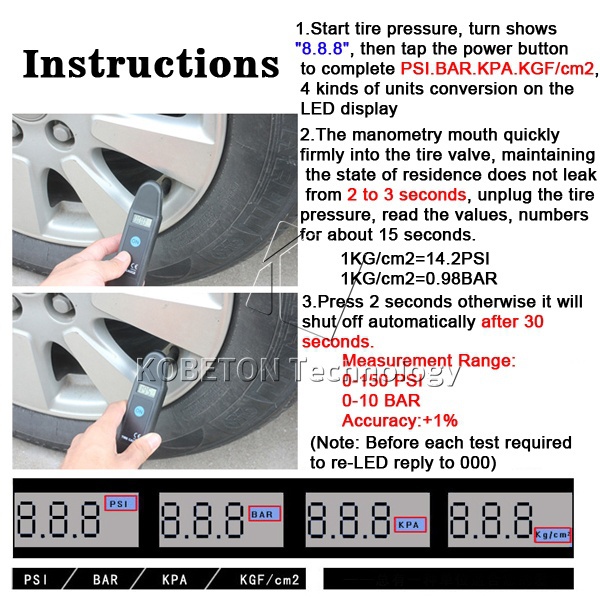
There’s never a good time for a flat. That’s why Bridgestone DriveGuard tires are masterfully engineered to keep you moving for up to 50 miles at speeds up to 50 MPH without disruption.
See Details Find Your Fit
The Tire Pressure Monitoring System (TMPS) is an electronic system in your vehicle that monitors your tire air pressure and alerts you when it falls dangerously low.
To help drivers recognize the importance of tire pressure safety and maintenance, Congress passed the TREAD act, which requires most vehicles made after 2006 to be TPMS–equipped.
There are two different types of systems being used today: Direct TPMS and Indirect TPMS.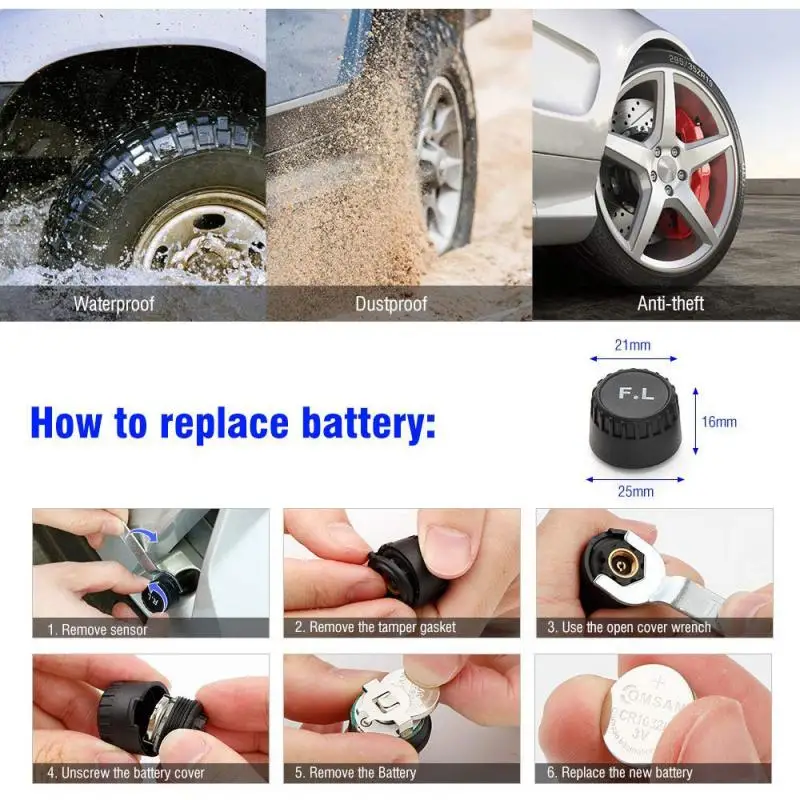
Direct TPMS uses a sensor mounted in the wheel to measure air pressure in each tire. When air pressure drops 25% below the manufacturer’s recommended level, the sensor transmits that information to your car’s computer system and triggers your dashboard indicator light.
Indirect TPMS works with your car’s Antilock Braking System’s (ABS) wheel speed sensors. If a tire’s pressure is low, it will roll at a different wheel speed than the other tires. This information is detected by your car’s computer system, which triggers the dashboard indicator light.
TPMS notifies you when your vehicle’s tire pressure is low or is going flat. By helping you maintain proper tire pressure, TPMS can increase your safety on the road by improving your vehicle’s handling, decreasing tire wear, reducing braking distance and bettering fuel economy.
Your vehicle has TPMS if the "low tire pressure" warning light appears on your dash when the key is turned to the "on" position.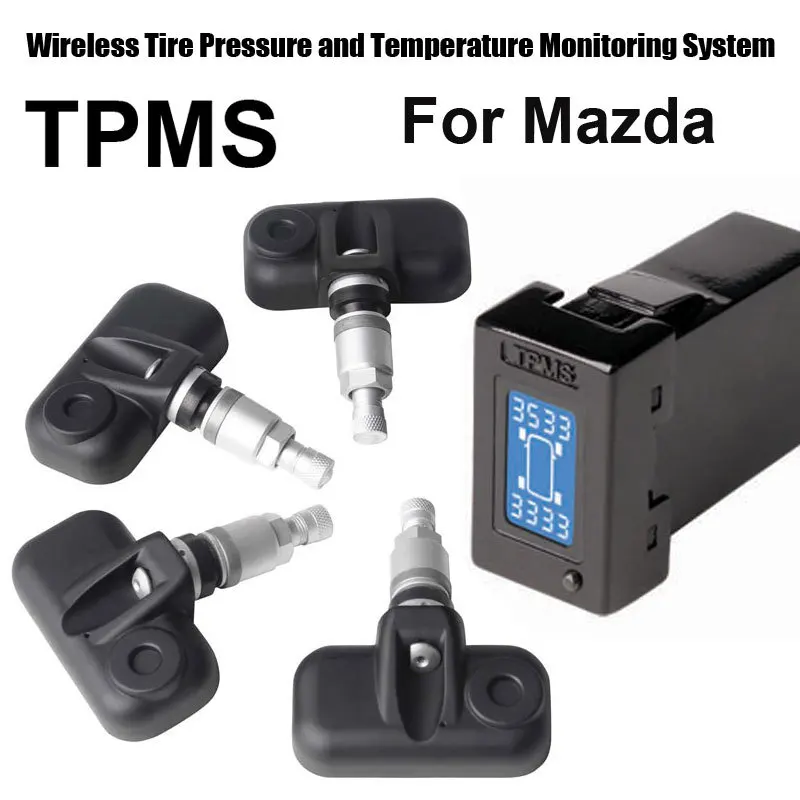
Check the air pressure in your tires and inflate any tire that is low (according to the manufacturer’s recommendation). When the tire is at the appropriate pressure, the indicator light should go off.
If necessary, replace the tire with your spare tire and visit your local Tires Plus store for needed repairs or replacement. They’ll check your vehicle’s tire pressure and perform a systems test on all of your tire sensors to diagnose the problem. Once our technicians address your vehicle’s tire needs, they’ll then suggest the proper maintenance to get you back on the road safely.
Direct TPMS equipped tires cost slightly more to maintain than non–equipped tires because proper care requires extra parts and labor. The valve service kit, which includes the valve core, cap, nut and o–ring (seal), must always be replaced when a tire is dismounted for service or replacement.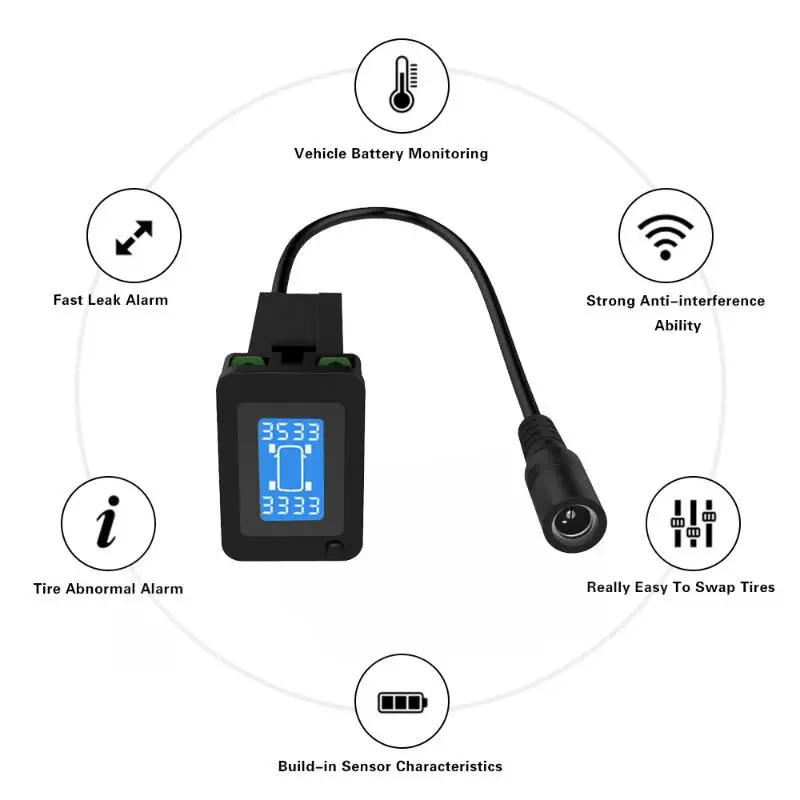 A special TPMS tool and additional time are also needed to check and reset the sensor system.
A special TPMS tool and additional time are also needed to check and reset the sensor system.
{{storeNumber}}
{{storeName}}
{{link-icon "Call Us" mobileCallLink null "call-cta"}} {{link-icon "Directions" directions "_blank" "directions-cta"}}
{{address}}
{{city}}, {{state}} {{zip}}
{{#if activeFlag}} {{#ifCond mystore "or" myPreferredStore}} {{#ifCond storeType 'eq' "TPL"}}
*Call store for appointment {{phone}}
{{else}} {{#if onlineAppointmentActiveFlag }}
{{#if myPreferredStore}}
{{else}}
*Call store for appointment {{phone}}
{{/if}} {{/ifCond}} {{else}} {{#ifCond storeType 'eq' "TPL"}}
*Call store for appointment {{phone}}
{{else}}
Schedule Appointment {{#if onlineAppointmentActiveFlag}} {{else}}
*Call store for appointment {{phone}}
{{/if}}
{{/ifCond}} {{/ifCond}} {{else}}
*Temporarily Closed Due To: {{temporarilyClosedReason}}
{{/if}} {{#if isMilitaryStore}}
*This location is on an active US military base.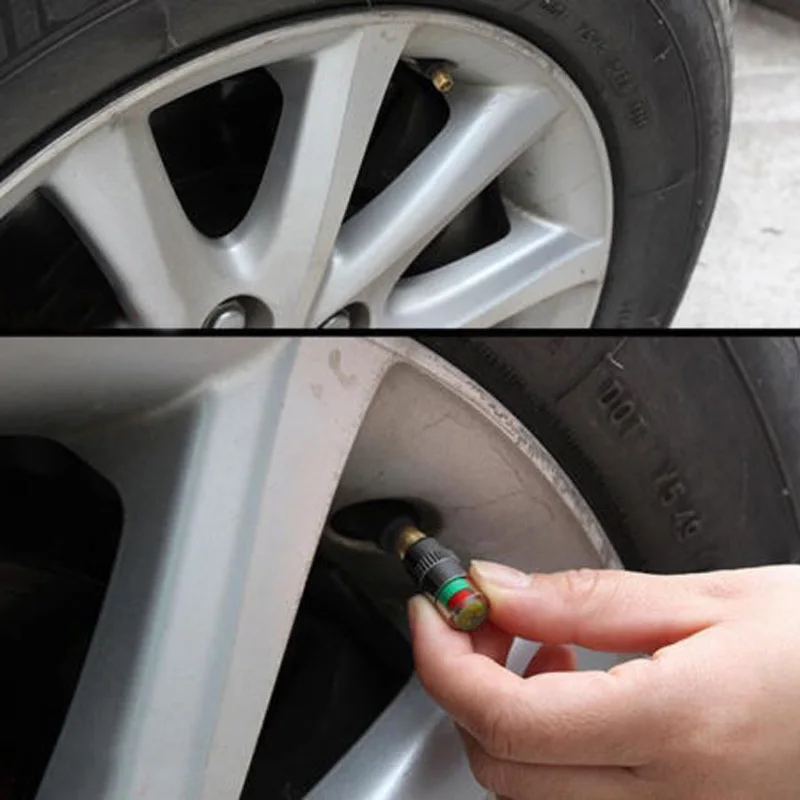 You may need military ID to access the location.
You may need military ID to access the location.
{{/if}}
Indirect TPMS
The traditional way to measure tire pressure is with a pressure gauge. Motorists are advised to do this procedure at least once a week. Ideally, before every trip. Why it is so important to monitor this indicator: a car with flat tires becomes poorly controlled and creates a dangerous situation on the road for all road users. In addition, the pressure above or below the norm has a bad effect on the rubber 一, it begins to wear out unevenly.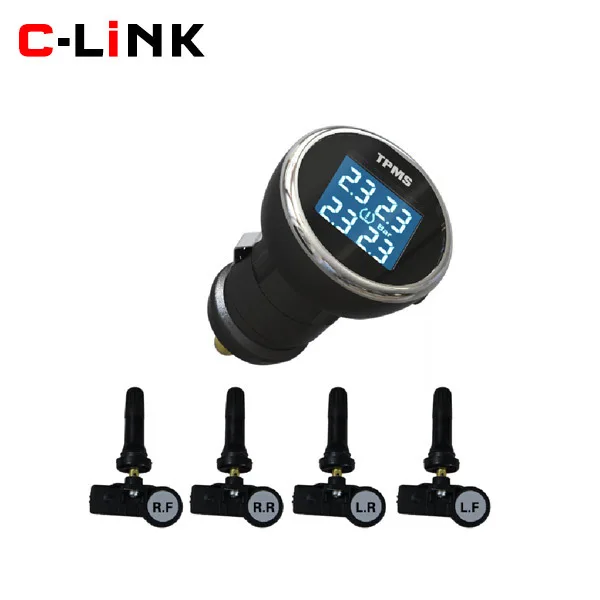
Details about tire pressure and the dangers that carry poorly or overly inflated wheels, we wrote in this article.
Many factors affect pressure levels, including:
A convenient and fast way to monitor tire pressure reduction or increase - with TPMS - tire pressure monitoring system. How it works and whether it is worth implementing it in your car, we will analyze in the article.
TPMS (tire pressure monitoring system) - a tire pressure monitoring system that monitors the level of air pressure in the wheels using special sensors. Some types of the system allow you to monitor several parameters at once: pressure and temperature, as well as the condition of the batteries of installed sensors. Electronic systems notify about problems on the on-board computer of the car or a special monitor.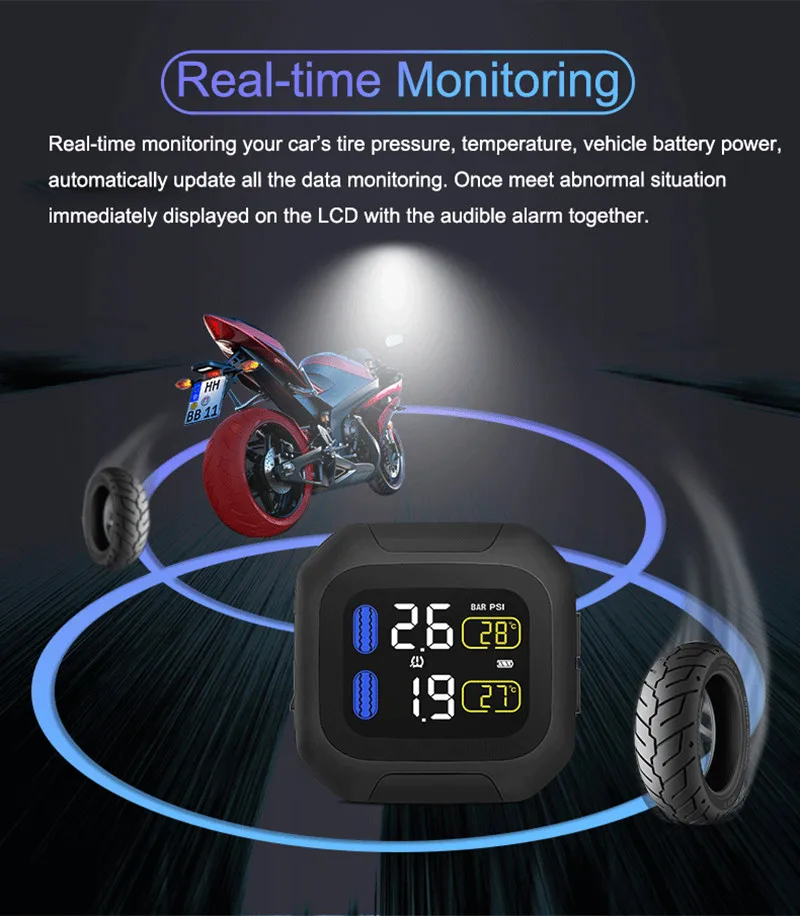
At first, this option was installed in premium segment cars, and later it was introduced into mid-range and budget car brands. In the USA and European countries, the law obliges automakers to install the system in every car. Some Russian cars are also produced with an already built-in control system.
There are several types of control system. They differ in the method of receiving and transmitting information, the method of attaching sensors.
According to the method of monitoring indicators, systems of direct and indirect control are divided. In another way, they are also called direct and indirect. More details about these types of systems and sensors for them, their advantages and disadvantages will be discussed below.
Indirect, indirect, or indirect TPMS, monitors tire pressure by indirect indicators using standard ABS installed in the car. Indirect TPMS monitors tire health through basic wheel speed sensors and other on-board electronics.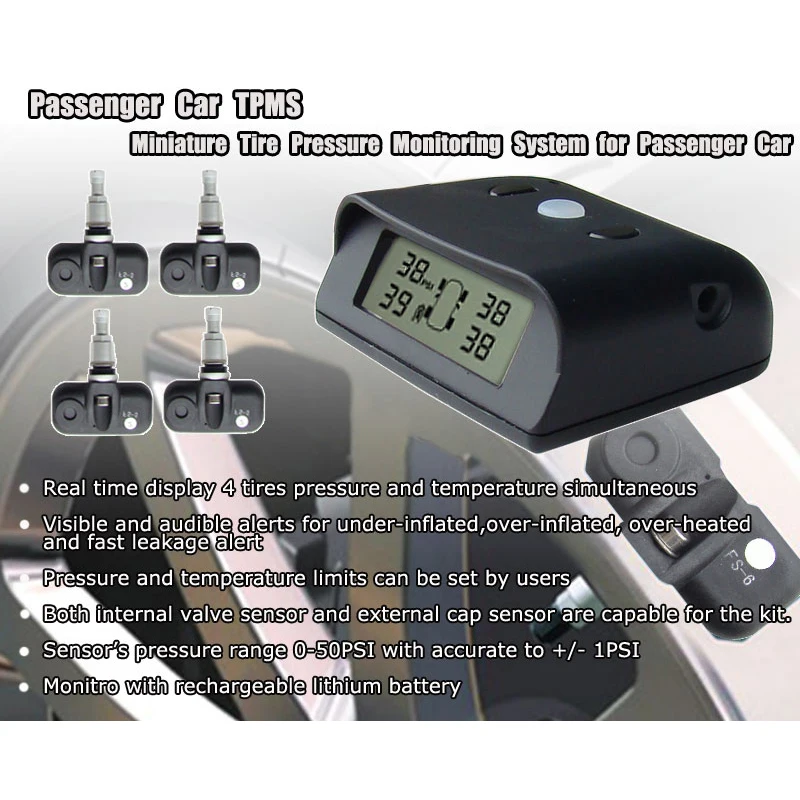 The smaller the radius of the wheel, as happens when the pressure is reduced, the faster it starts to spin. The electronics reads this and sends an audible signal and an error notification to the on-board computer.
The smaller the radius of the wheel, as happens when the pressure is reduced, the faster it starts to spin. The electronics reads this and sends an audible signal and an error notification to the on-board computer.
Separates indirect TPMS I and II versions. In the version I system, the driver receives a general signal about the problem, and which particular wheel is flat is not specified. In the second version, the screen shows which tire has the problem. According to drivers, the first version is more often mistaken than the second and takes towing on a slippery road, overloading, climbing a steep surface for reduced pressure.
In general, the shortcomings of the indirect system are its inaccuracy and slow response. You can drive several kilometers with a flat tire, and only after a while will a warning appear on the monitor. Many drivers complain that the indirect pressure control system associated with ABS does not function at all in the car. In this case, you need to contact the service and configure it separately.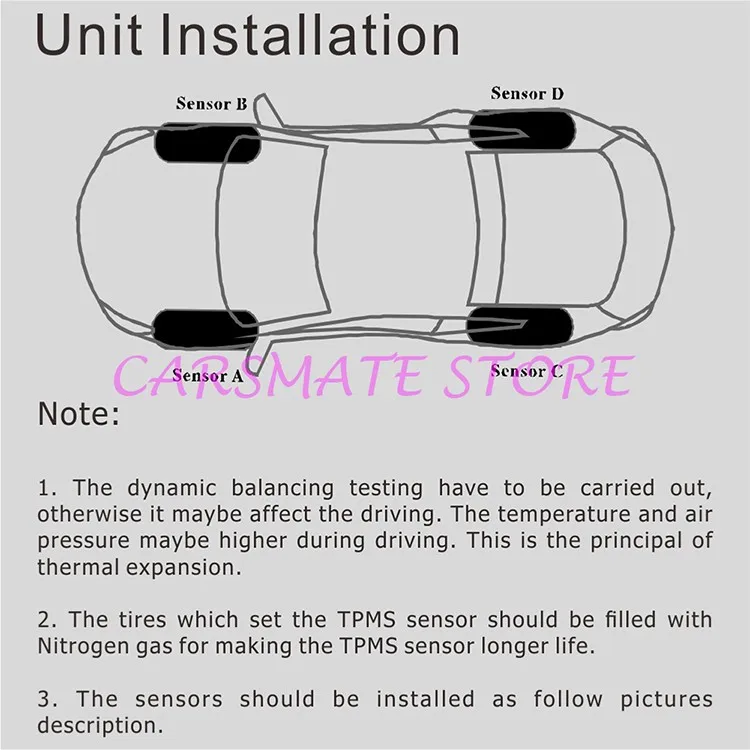
Advantages of the indirect system - low cost, no need to add any additional elements and modules to the machine. You can contact specialists and set up the necessary pressure indicators, according to which the system will navigate and measure deviations.
Direct (direct) monitoring system determines the state of tire pressure using special sensors mounted in the wheels. Many manufacturers produce cars already with a pre-installed direct control system and pressure sensors.
There are two main types of direct control systems: mechanical and electronic.
Mechanical direct monitoring system
With mechanical direct TPMS, air pressure monitoring sensors are mounted on the outside of the wheels. The driver himself controls the desired level according to the indications or indications of the devices.
Mechanical pressure sensors 一 are the simplest. These include indicator caps, which are installed instead of regular ones on the valve. Inside the cap is a regular valve that measures pressure. There are three color indicators in the caps - green, yellow, red.
Inside the cap is a regular valve that measures pressure. There are three color indicators in the caps - green, yellow, red.
The red indicator indicates that the tire pressure has dropped 一 by 0.7 atmospheres or more. Yellow warns that the tire is slightly flat, within 0.3 atmospheres. When the indicator on the cap is green一 everything is normal. To verify that the caps are working properly, match the color indicator on the cap with the reading on the pressure gauge.
Disadvantage of outdoor monitoring devices: they are easy to lose or someone can easily twist them. They are also subject to centrifugal and aerobic loads, as they are outside. They are also not protected from mechanical damage during movement, so they can easily fail. It is not very convenient that you have to unscrew them every time you inflate the tires.
The advantage of such devices is their low price. Plus, if you have two sets of wheels for the seasons, it's easy to switch the caps from one to the other when it's time to change shoes.
Electronic direct control system
This type of direct control system installs electronic pressure sensors on the wheels. If you decide that you need a direct electronic TPMS, you will need to decide which type of sensors to choose - outdoor or indoor type.
1. Electronic external pressure sensors. Devices of this type are screwed onto the valve instead of a cap, like mechanical ones, but the indicators are measured more accurately.
As a rule, the control units included with such devices are simple small monitors with LED indication. The driver places them in a convenient area for him. The display in some systems can be installed in the cigarette lighter.
The color indicators on the dashboard 一 green, yellow and red tell you if everything is in order with the tires. A warning icon will light up on the screen if a deviation from normal pressure values is detected.
Motorists note the lack of displays in electronic systems: in some models, only one wheel parameter is displayed on the monitor. To see the status of all tires, you need to press the control unit button several times, and this is distracting while driving.
To see the status of all tires, you need to press the control unit button several times, and this is distracting while driving.
The disadvantages of external electronic sensors are the same as those of mechanical ones - they are easy to twist and steal; devices are exposed to external influences.
Benefits of external electronic sensors:
2. Internal electronic sensors are installed under the tire before it is mounted on the rim, aligned with the air duct.
To install such devices, special valves are used, which are included in the kit. Pressure sensors of the internal type, as well as external electronic devices, transmit information using a radio signal or via bluetooth to the control unit.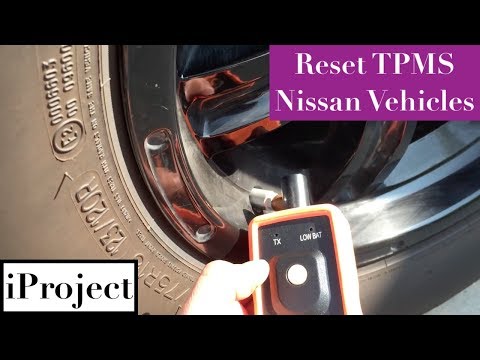 The antennas of the devices are built into their valves.
The antennas of the devices are built into their valves.
More modern control systems have the ability to send information to a dedicated smartphone app.
Benefits of internal over external sensors:
Among the disadvantages of internal type sensors are high cost, nuances in setting up and installation, the inability to replace the battery in the device.
How to set up electronic TPMS sensors
Internal type pressure sensors are mounted on many car models directly at the factory.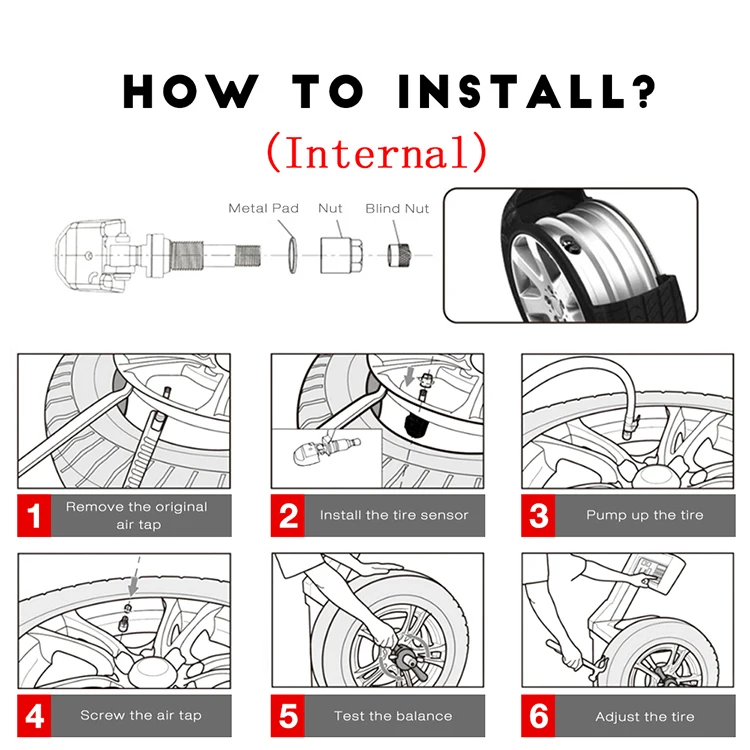 But you can also purchase pressure sensors separately. BlackTyres has services - installation and adaptation of pressure sensors. Our tire center experts will help you get your devices up and running.
But you can also purchase pressure sensors separately. BlackTyres has services - installation and adaptation of pressure sensors. Our tire center experts will help you get your devices up and running.
If a car enthusiast changes tires during the season and wants to change the sensors to a new set, a tire center employee will adapt the devices to the system in the car. In the programming process, it is important to take into account the nuances inherent in cars manufactured in different countries. So, for example, some devices are suitable for American cars, and others for European ones. The transmission frequency for American sensors is 一 315 MHz, and for European ones 一 434 MHz.
Let's talk about how a specialist helps to install and program new sensors using a special scanner.
1. First, mount the sensors on the wheel rim prior to tire fitting.
2. A special scanner helps the technician to determine if these sensors are suitable for your vehicle or not.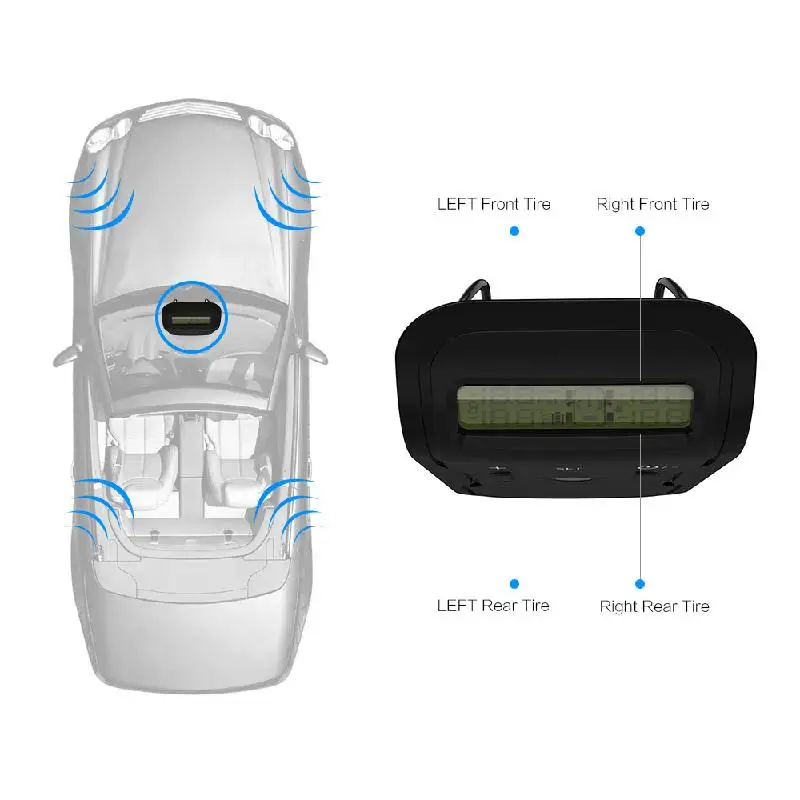
3. The master brings a special scanning device to the disk with the sensor at a distance of 50 cm. Then he copies the data from the sensors of all four wheels into the database and saves the information. Each sensor has a number set by the factory.
In the car, each TPMS wheel has its own code and must be in its place. If the wheels are rearranged, the system will need to be reprogrammed. For expensive car brands, an antenna is installed above each wheel, which transmits information about the status of tire parameters to the display.
4. Using a scan tool connected to the vehicle, the wizard writes the sensor IDs to the TPMS in the vehicle. Another installation option: a specialist manually sets the data on the dashboard.
If you are considering adding a direct TPMS system to your car or are already using pressure sensors, please take a look at our tips and tricks:
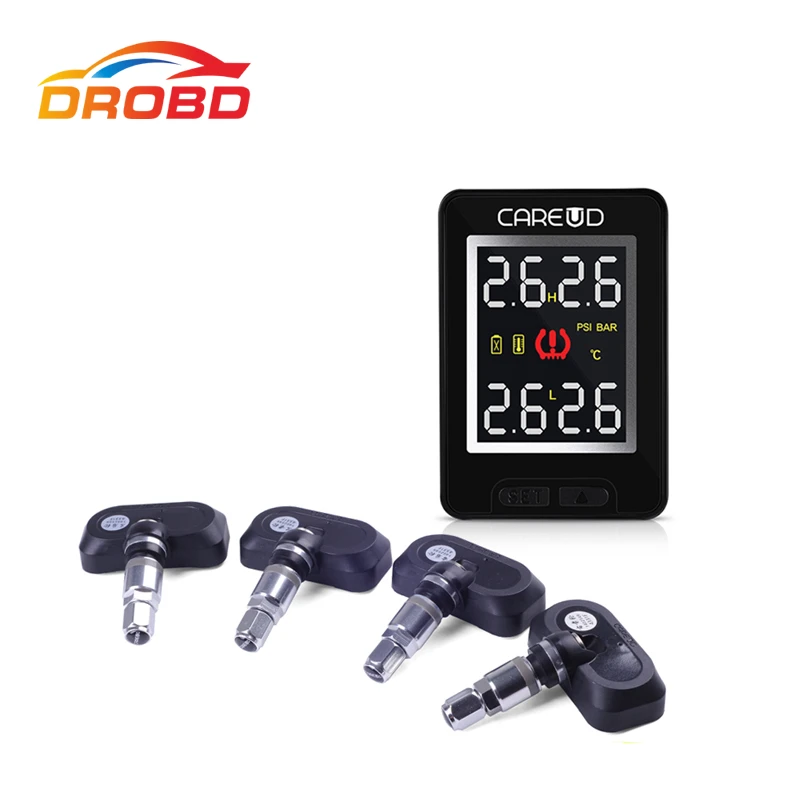
As we wrote earlier, it is important to monitor tire pressure for many reasons.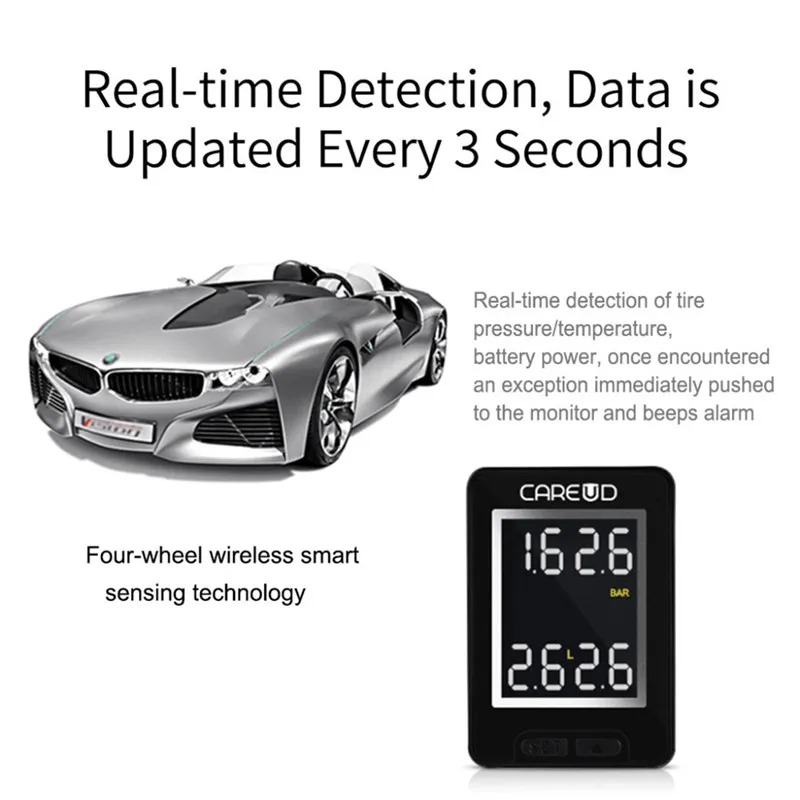 Recall why it is bad to drive on flat tires:
Recall why it is bad to drive on flat tires:
By the way, overinflated tires also have a bad effect on the condition of the rubber and the handling of the car. What problems this can cause, you can read in our article on tire pressure.
It is the duty of the motorist to himself, his car and other road users to monitor the condition of the tires and pump up or, if necessary, deflate them in time. This will avoid many problems on the road and extend the life of the tires.
The TPMS system, especially the electronic one, is a convenient way to control: there is always up-to-date information on the condition of the wheels on the screen, and measures can be taken in time.
Car owners, however, should not forget that one convenient monitoring is not enough. It is necessary to pump up the wheels in time if the system prompted that not everything is in order with the pressure.
It is necessary to pump up the wheels in time if the system prompted that not everything is in order with the pressure.
Vladimir Gavrilov
Estimated reading time: 5 minutes
4207
/ A.A. Mariscal Troncoso / Shutterstock.com
Modern cars, among other things, are able to monitor the level of tire inflation. If a puncture occurs and the pressure in one of the wheels drops, the system immediately issues a warning on the instrument panel. The yellow signal lamp lights up, and more advanced and expensive devices show the pressure in each of the wheels. How does this information reach the driver and do bulky sensors interfere with the movement of the car?
There are several systems that help you monitor the condition of your tires. The simplest of these is based on the use of miniature pressure gauges inserted into nipples. Special caps have indicators that, at low tire pressure, push out a special beacon. For example, if the pressure drops below two atmospheres, a yellow, orange or purple stripe appears under the transparent lid of the cap. With a complete loss of air, the pressure gauge signals a red beacon. The main advantage of such a system is its simplicity and low cost.
The simplest of these is based on the use of miniature pressure gauges inserted into nipples. Special caps have indicators that, at low tire pressure, push out a special beacon. For example, if the pressure drops below two atmospheres, a yellow, orange or purple stripe appears under the transparent lid of the cap. With a complete loss of air, the pressure gauge signals a red beacon. The main advantage of such a system is its simplicity and low cost.
Among the disadvantages of such a system is the inability to monitor the condition of the tires from the car. To look at the color of the signaling device, you need to stop and get out of the car. That is why nipples-manometers have not received wide distribution, because in the same way it is possible to determine the pressure on the eye by tire deformations. The lower the tire pressure, the more the car sags. For many drivers, it is important to control the pressure from the passenger compartment while the car is moving, in order to take urgent measures in time to avoid damage to the rubber if necessary.
Radio transmitters are used to broadcast data on the condition of the wheels. In non-standard devices that can be independently installed on any car, they are located in nipple caps. The data from the pressure gauge is sent to the receiver in the wheel arches, and then to the control unit, which is often located in the same housing as the display. If you fix it on the center console or on the dashboard in the driver's field of vision, you can receive information about the pressure in real time. However, punctures occur infrequently, and the information content of the device is reduced. It is much more convenient to combine it with an on-board computer and hide the screen in the bowels of the dashboard. Therefore, regular pressure gauges, which are part of on-board electronics, are most popular.
Their sensors, together with radio transmitters, are mounted not in nipples, but inside tires on the inner surface of the disc.
The measuring element inside the tire is a complex device that includes a temperature sensor, air pressure sensor, battery and a transmitting antenna.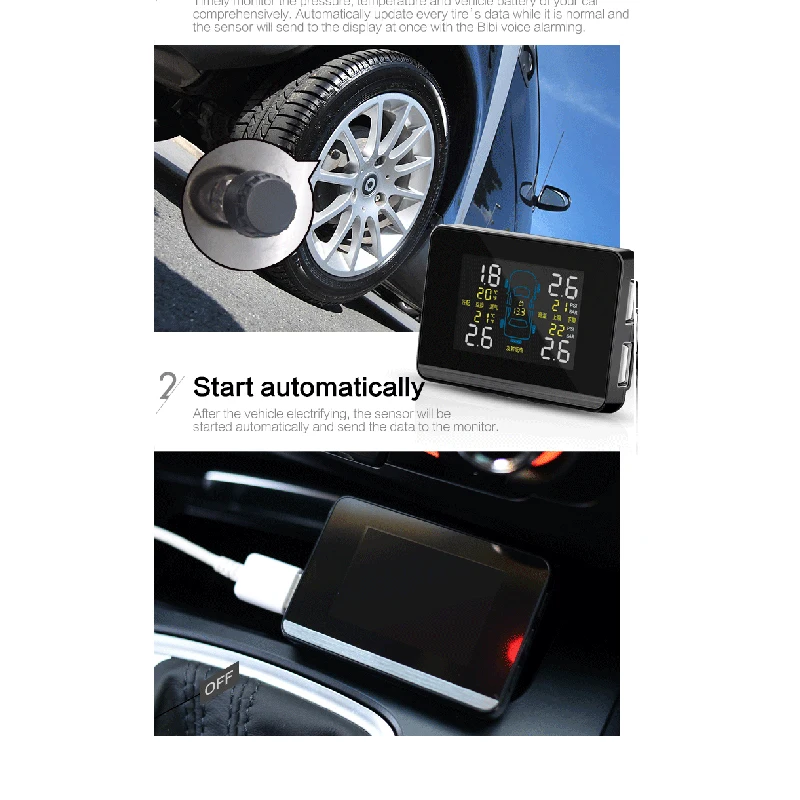 The battery lasts for approximately 7 years of operation, after which it must be replaced. Information from four sensors enters the receiver, and then to the control unit, which processes it and presents the driver with the state of the wheels in graphical form. If an air leak occurs in one of the tires, the computer shows exactly where the puncture occurred and whether the pressure loss is critical. With a yellow lamp signal, you can continue to move, but with a red one, you cannot.
The battery lasts for approximately 7 years of operation, after which it must be replaced. Information from four sensors enters the receiver, and then to the control unit, which processes it and presents the driver with the state of the wheels in graphical form. If an air leak occurs in one of the tires, the computer shows exactly where the puncture occurred and whether the pressure loss is critical. With a yellow lamp signal, you can continue to move, but with a red one, you cannot.
With all their advantages, such control systems have two significant drawbacks. They can be easily damaged by inept dismantling of the tire. In addition, heavy sensors cause wheel imbalance, which is why they have to be compensated with weights.
For sports cars with large diameter wheels, ABS-based control systems are more suitable. Such devices do not have any foreign objects inside the tire that threaten unbalance and wheel vibrations at high speed.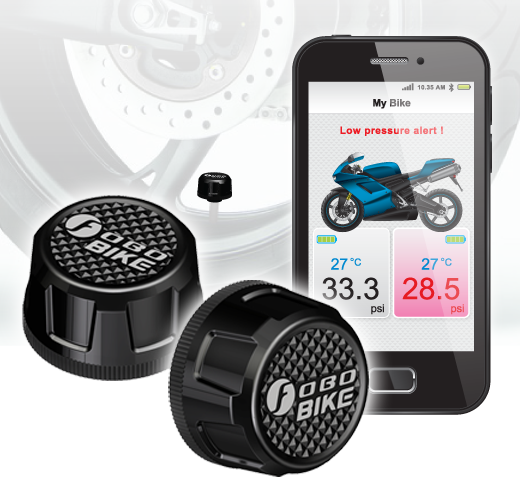 As a result, the weight of the unsprung suspension units can be slightly reduced, as well as maintaining the perfect balance of the sports wheel.
As a result, the weight of the unsprung suspension units can be slightly reduced, as well as maintaining the perfect balance of the sports wheel.
The operation of the system is based on indirect signs. When the pressure drops, the height of the tire profile decreases and the frequency of its rotation increases. While driving, the ABS control unit determines the speeds of all wheels and calculates their relative difference. If it exceeds the established standard, then a warning signal is triggered about a possible loss of tire pressure. The yellow lamp lights up on the dashboard.
With a number of advantages, the system also has disadvantages. So, it can work when driving on roads with different surfaces and with a large number of pits, on which wheel speeds differ. ABS can also give errors in long turns, when for a relatively long time the outer wheels spin faster. However, such a system is very cheap, uses existing electronic security devices and does not require any new technical components to ensure its performance.